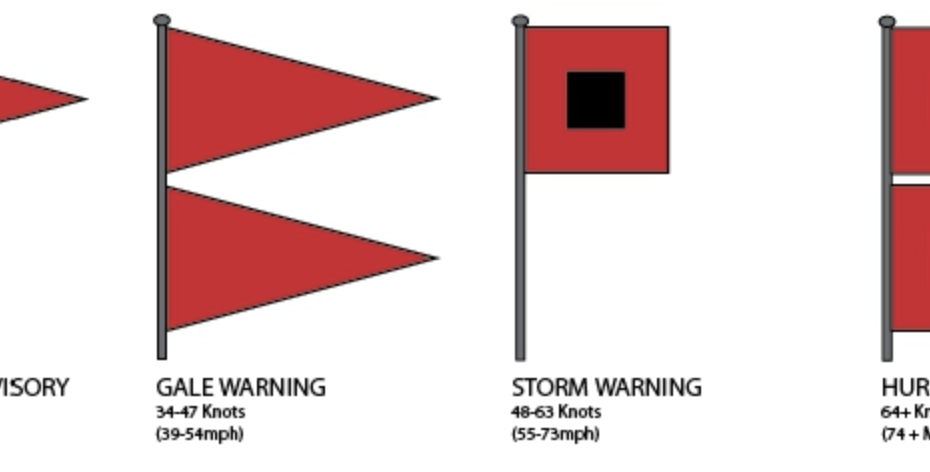Wind, wind, wind! There has been so much wind.
I have relied on weather apps for years now and have always found them to be pretty accurate. Not this year. Consistently I am experiencing wind speeds that are 5-10 mph stronger than the predicted speeds.
The end result… perseverance and innovation!
Barnstable Harbor fly and light tackle fishermen traditionally drift through a spot, over a flat, or across diving birds. The strong currents that result from the 9-12 foot twice daily tides, keep the boat moving through fishing spots. Setting up a drift that considers current and wind is part of the strategy for a successful day of fishing.
I would be not be telling the truth if I didn’t admit to how much I am bothered by boats that set either an anchor, a power pole, or GPS activated trolling motor to lock themselves into position. They set themselves upon a spot largely disabling others from the opportunity to fish an area. You might think at this point that they’ve staked out their position and that other boats should stay clear. However, boats that are drifting through an area allow for other boats to take a shot at casting for fish. This transitioning of “spots” has been the tradition of fishing in Barnstable Harbor for as long as I can remember which more than 50 years of fishing here.
Wind, Wind, Wind!
But back to the wind… fly fishermen don’t love wind, unless it’s over their left shoulder (right handers). When the wind is at your back, it can be very easy to make nice casts, at least until you need to cast into the wind.
Actually, I don’t mind casting into the wind as long as it’s not more 8-12 mph. In fact, sometimes I prefer it.

Tips For Fly Casting on a Windy Day
Whatever the case, here are some tips for fly casting on a windy day:
- If it’s not already obvious to you, determine the direction that the wind is blowing.
- Anticipate that most likely your cast will be shorter. Don’t strip out too much line as the wind will find a way to wrap excess line around everything.
- Utilize the wind to your advantage. For example, try to cast sideways to the wind so that your false casts don’t get pummeled by the wind.
- If you have to cast into the wind, drive your cast low and “under” the wind.
- Utilize a roll cast with a water haul to load the rod, and eliminate any false casts. This is especially effective if you are trying to cast directly down wind.
- And relax, no guide can expect you to make perfect and long casts when the wind is stronger than 15mph. Only the most experienced and talented casters aren’t phased by strong winds.
As your captain/guide, I will always try to position the boat in a manner that offers you the best casting opportunity to the fish or the “spot”. Nevertheless, wind and tide dictate in ways that aren’t always predictable.
When preparing for saltwater fly fishing trip, whether with me or for a bonefishing trip to the Bahamas, it’s worthwhile to spend some time in your backyard, local pond, or other wide open space to practice casting in all directions to the wind. Make sure that your line and rod are well matched, perhaps even “overlined” to make casting in windy conditions easier.
The better your cast, the more fish you will catch. The more fish you catch…
